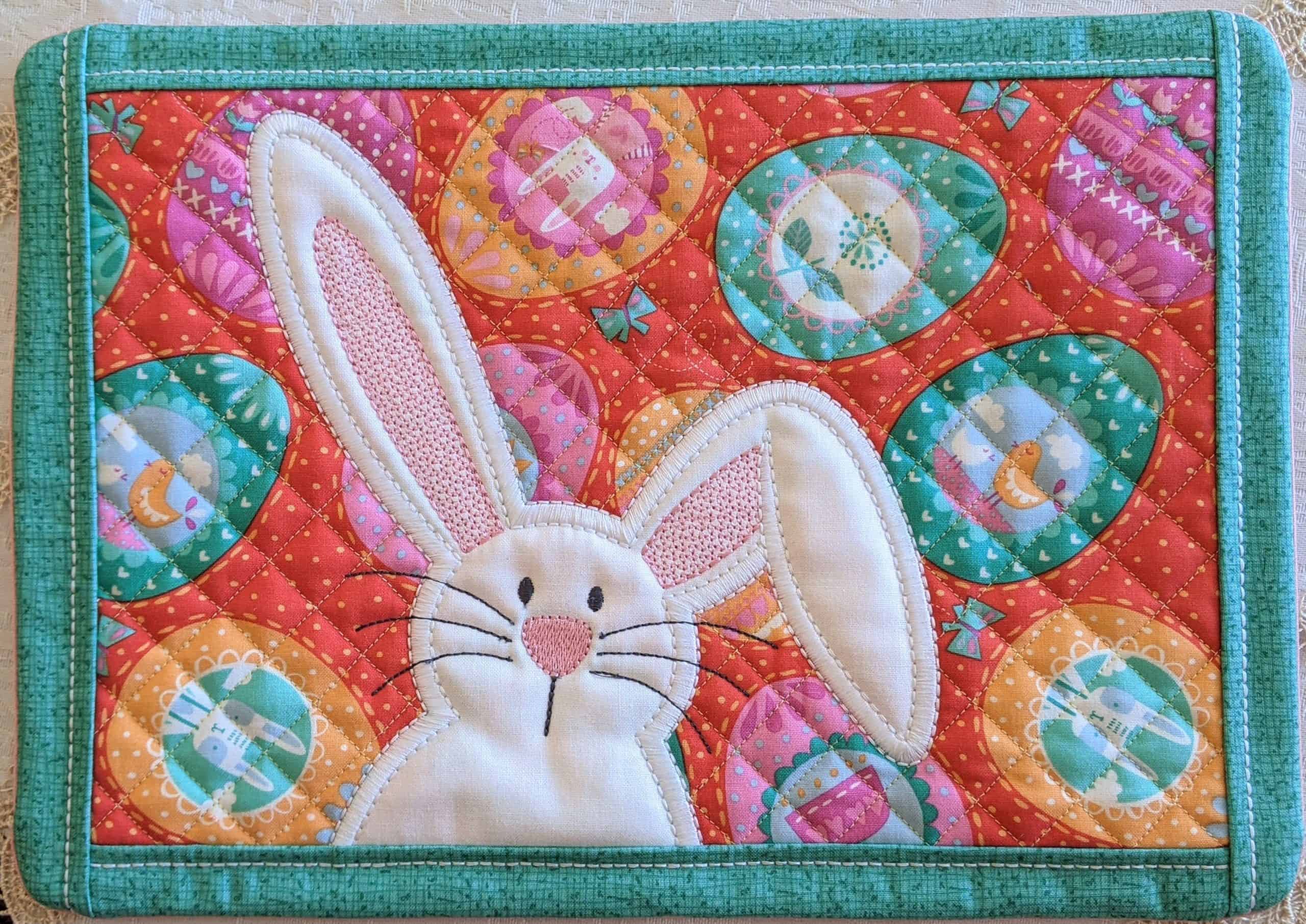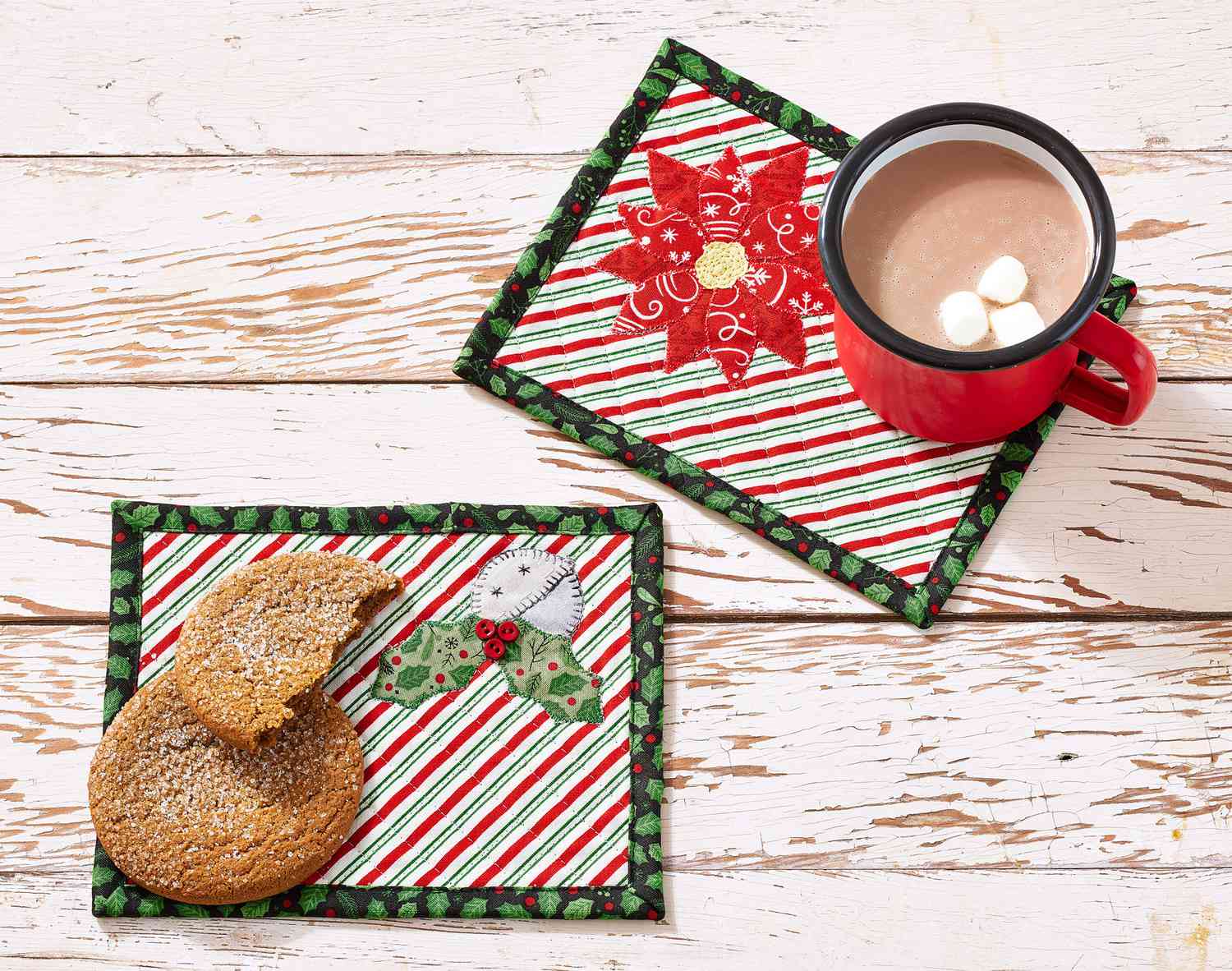Facts About Unique Art Revealed
Facts About Unique Art Revealed
Blog Article
The Definitive Guide for Unique Art
Table of ContentsThe Ultimate Guide To Unique ArtUnique Art for DummiesUnknown Facts About Unique ArtNot known Incorrect Statements About Unique Art
While one could discuss which art form holds precedence, the reality remains that each of these seven forms supplies an one-of-a-kind home window into human background, culture, and evolution. They are the tapestries that chronicle our trip, advising us of our past while inspiring visions for the future.Fantastic art work narrates, makes individuals look twice, and creates a distinct experience that can't be matched. Art and illustrations interact all of that with color, shape and other design aspects. Find out exactly how to make your distinct artwork attract attention from the crowd.

8 TRIA GIOVANEqual components grand and laidback, this foyer made by Anthony Baratta is the perfect blueprint to comply with if you're decorating an official entry that still really feels unfussy and comfy. Patterned fabrics take center phase (see the carpetings and the sofa), yet they additionally aid bring the high ceilings to a human range when hung over wallpaper.
The 5-Second Trick For Unique Art
18 Heidi Caillier DesignA gallery wall surface doesn't need to take up the whole room. Often a tiny one can make a larger design declaration. In this living-room, Hiedi Caillier selected micro-mini frames and a random composition. Ad - Continue Analysis Below19 Stephen Kent JohnsonDesigner Juan Carretero decided for a deep green paint shade to contrast with the light wood finishes.
, the expression of concepts and emotions, with the creation of particular visual qualities, in a two-dimensional visual language. The elements of this languageits shapes, lines, colours, tones, and texturesare used in different means to create feelings of quantity, area, activity, and light on a level surface. These elements are integrated into meaningful patterns in order to stand for actual or superordinary sensations, to translate a narrative style, or to develop wholly abstract aesthetic relationships.
Later the notion of the "fine artist" why not try here developed in Asia and Renaissance Europe. Popular painters were paid for the social status of scholars and courtiers; they authorized their job, determined its design and commonly its subject and imagery, and established an extra personalif not constantly amicablerelationship with their patrons. During the 19th century painters in Western societies began to lose their social setting and protected patronage.
Little Known Questions About Unique Art.
Others made a revenue with touring exhibits of their job. The demand to attract a marketplace had actually changed the comparable (if less impersonal) demands of patronage, and its result on look here the art itself was probably similar too. Typically, artists in the 20th century could reach an audience just with business galleries and public museums, although their job might have been periodically reproduced in art periodicals.

Don't duplicate the design of other musicians if you're searching for your design. Copying other individuals's artwork can be terrific in instructional functions but it will not make you closer to locating your very own special style. Your artistic design has to be, what you like and what influences you.
I would certainly think about your own design as a design you repaint in normally, when you let go of all thoughts and guidelines and simply concentrate on painting, not considering it. Unique Art. The design needs to read what he said come naturally to you when you are relaxed and you can't compel it or it won't be your own design, just another person's
How Unique Art can Save You Time, Stress, and Money.

With time you'll be able to sort every one of them right into your favorite and least preferred groups. Try to focus your interest on the topics and mediums that you like and before you see it coming you'll have your own individual and unique style, like no one else have! So in the long run you'll have a few favored topics to paint and maybe a couple of favored mediums.
The style needs to develop itself over time with a great deal of technique and experiments - Unique Art. Thanks for reviewing this message and if you have any questions leave them in the remarks below, I would certainly be delighted to answer these
Report this page